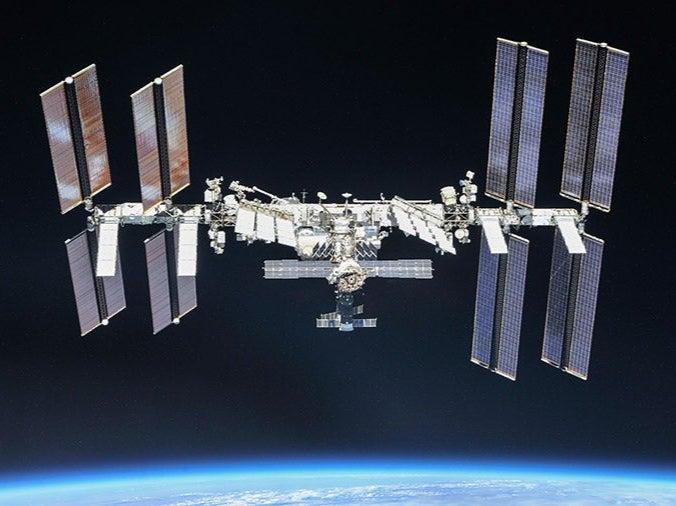Cracks discovered on International Space Station prompt fears for astronauts’ safety
Fissures on 23-year-old ISS segment could be start of ‘avalanche’ of issues, official warns

Russian cosmonauts have discovered small cracks in a module on the International Space Station (ISS), leading to fears that they could widen and cause air leaks.
“Superficial fissures have been found in some places on the Zarya module,” Vladimir Solovyov, chief engineer at Russian rocket firm Energia, told RIA news agency, Reuters reported.
“This is bad and suggests that the fissures will begin to spread over time.”
The Zarya module is the oldest part of the space station, having been the first piece to reach orbit in November 1998.
Also known as the Functional Cargo Block (FCB/FGB), the segment is part of the Russian section of the ISS and is primarily used for storage.
Mr Solovyov previously said that an “avalanche” of issues could beset the ISS from 2025 due to ageing equipment breaking.
Russian space agency Roscosmos is currently contracted to remain with the ISS until 2024.
Previous cracks on the ISS have led to air leaks and even pressure drops within modules, and therefore require urgent action to repair them.
In September 2019, a small air leak was discovered coming from cracks in the Russian Zvezda module, which has caused persistent problems ever since despite several efforts by cosmonauts to repair them.
A mysterious hole also appeared on the outside of the ISS in December 2018, leading to a leak that caused pressure in the floating lab to drop.
It is still yet to be established how the hole got there, with some experts saying it came from human error on the ground, while one Russian official claimed it was the result of intentional sabotage on the part of a Nasa astronaut. Nasa has described this charge as baseless.
Join our commenting forum
Join thought-provoking conversations, follow other Independent readers and see their replies
Comments